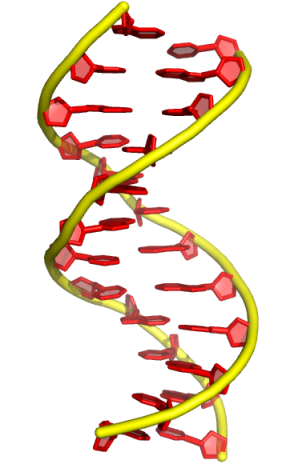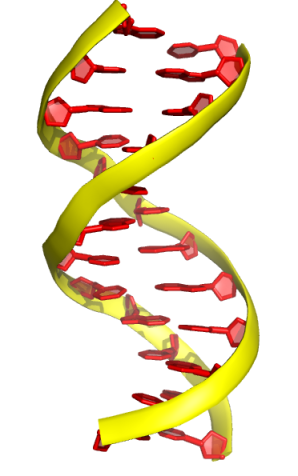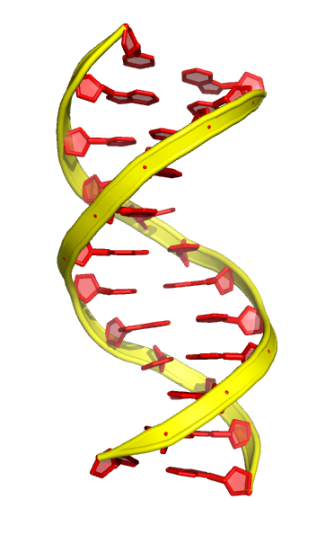Example of cartoon modes of protein shown by PyMOL
Example protein: 1UA8, LolA
By default, the cartoon mode in PyMOL shows protein structure like this way:

We can change the background to white by typing “bg_color white” in the command terminal and also change the color of protein based on types of secondary structures in the color options (the “C” button on the right side of this object).

The cartoon view of this protein shows red, yellow and green colors for helical , strand and coil regions respectively. However, the interior and exterior sides of helices and sheets have colors which doesn’t provide clear view. So one way in PyMOL to create the difference is called “highlight color”. I typed “set cartoon_highlight_color lightorange” to change the color of internal side of helices and side of strands.

When rotating the protein, the zoom-in view of helices shows the border of each helix is smooth. There are commands called “cartoon_fancy_helices” and ” cartoon_fancy_sheets” that provide fancy borders of the helices and strands.

By typing “set cartoon_fancy_helices, 1” and “set cartoon_fancy_sheets, 1” (1 is on, and 0 is off in PyMOL, always). The cartoon of helices has different views:

Another way to present helices is the old fashion cylindrical/rod view by typing “set cartoon_cylindrical_helices, 1“.

One more example to show is the “discrete color”! You may find that residues in the loop regions sometimes colored in yellow or red (not green) when connected to strands or helices. The mode of discrete color is turned off at this moment. The following two figures present activated and inactivated mode of “discrete color”. Personally, I like to turn on the discrete color mode all the time.
ON mode (set cartoon_discrete_colors, 1)

OFF mode (set cartoon_discrete_colors, 0)


















































